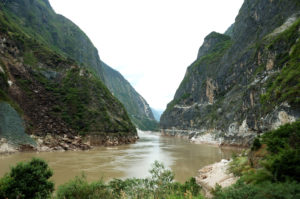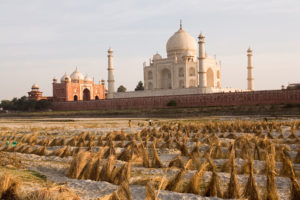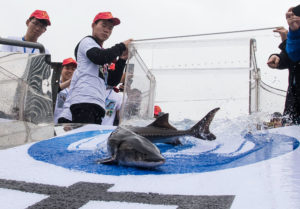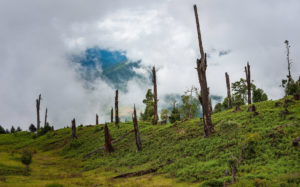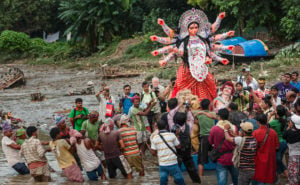Five of the seven countries in the regional grouping called BIMSTEC (Bay of Bengal Initiative for Multi-Sectoral Technical and Economic Cooperation) are along the shores of the Bay of Bengal. These countries – originally including Bangladesh, India, Sri Lanka and Thailand in June 1997, with Myanmar added in December 1997, and Nepal and Bhutan in 2004 – account for 98% of the total population of 1.7 billion living along the Bay. According to the Centre for International Earth Science Information Network (CIESIN), about 180 million people in these five countries live in Low Elevation Coastal Zones (LECZs) at less than ten metres above sea level.
Climate change impacts threaten the lives and livelihoods of these people. The sea is rising and tropical storms are becoming more intense. Over 80% of global fatalities associated with tropical cyclones occur here although it accounts for only 5% of these storms.
In the Bay of Bengal littoral countries, between 1.9% (India) and 8.1% (Thailand) of the urban population lives in low-lying areas, five metres or less above the sea level. Between 1990 and 2010, with the exception of Thailand and Sri Lanka, the total percentage of population inhabiting extremely vulnerable LECZs in the region was relatively stable. In Thailand, the population in LECZs increased from 11.9 to 13.4%, while in Sri Lanka, it declined from 5.5 to 4.3%. In Myanmar, Bangladesh and India, the rural population in extremely vulnerable LECZs declined while the population in urban LECZs increased by an almost identical proportion.
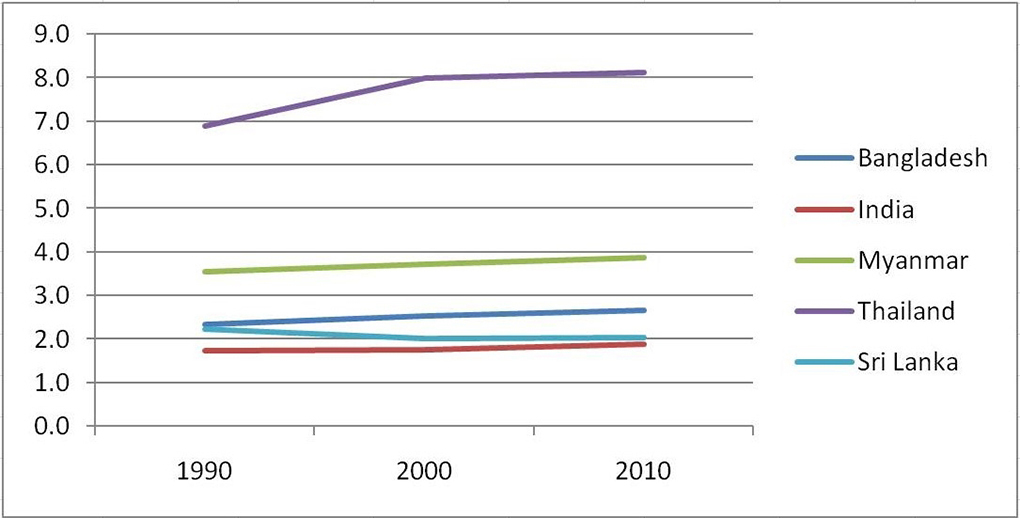
The annual mean near-surface air temperature has warmed by around 0.7 degree Celsius from 1901 to 2018, and will possibly rise between 2.4 and 4.4°C by the end of the century. Average sea surface temperature in the tropical Indian Ocean has risen by 1°C during 1951-2015 and is expected to rise further during the course of this century. Among tropical oceans, Indian Ocean is warming the fastest and accounts for about one quarter of the increase in global oceanic heat content over the last two decades.
Sea level rise is closely related to thermal expansion of sea water but rates of sea level rise differ across regions. Since the 1960s, the northern and eastern coasts of the Bay of Bengal have witnessed the greatest sea level changes.
Deadlier cyclones
Rise in ocean surface temperature and heat content is also closely linked to the intensity of tropical cyclones. Although observations from 1951 to 2018 indicate a significant reduction (minus 0.26 per decade) in annual frequency of tropical cyclones in the Bay of Bengal, a significant rise (0.86 per decade) in the frequency of very severe cyclonic storms has been observed during the post-monsoon seasons since 2000.
So, within the reduced number of storms in the BIMSTEC region, a greater number fall in the very severe category. With continued global warming, very severe cyclonic storms over the Northern Indian Ocean are projected to further increase during the 21st century.
About 80% of tropical cyclones in the Northern Indian Ocean basin occur in the Bay of Bengal. More than 60% of these cyclones make landfall along India’s east coast, 30% curve again and make landfall over other littoral states, while 10% dissipate over the sea. Annually, about five or six tropical cyclones are observed in the Bay of Bengal, of which two or three reach severe stages. Between 1981 and 2018, 40% of the time, severe cyclonic storms in the Bay of Bengal transformed into very severe storms. There were 15 extreme category storms in the Bay of Bengal region between 2000 and 2018.
Cyclonic storms heighten the risk of flooding of human settlements, especially in the LECZ of Bangladesh and Myanmar, when high tides coincide with these events. Bangladesh has 41.2% of its population living in this zone that is 10 metres or less above the sea level, while Myanmar has 25.2%. Most of these are rural populations.
Other coastal risks include loss of land due to increased erosion, damage to coastal infrastructure, and salinisation of freshwater supply. These impacts of sea level rise are compounded by land subsidence; Kolkata, Dhaka, Yangon and Bangkok are subsiding at average rates between ~10 and 32 mm/year.
![Land projected to be below annual flood level in 2050 (in red) in and around Kolkata and Dhaka (Frame 1), Bangkok (Frame 2) and Yangon (Frame 3) [Source: Climate Central]](https://dialogue.earth/content/uploads/2020/10/Anurag_BIMSTEC_opinion_piece_Fig_2.jpg)
Responses to sea level rise can take various forms and have different approaches. These can be in the form of legislations and regulations; hard infrastructure like dikes and sea walls, as well as raised houses; early warning systems; and climate risk insurance.
All of these mechanisms aim to reduce risk and build resilience for the continued habitability of coastal areas despite sea level rise. These can be grouped as (i) resist or protect; (ii) accommodate; and in certain cases, (iii) build seaward (advance) to protect the hinterland.

A study examined 17 response measures to sea level rise, eight of which appeared capable of meeting their objectives through the course of this century. These ranged from building floating houses and promoting vegetable gardens, to modification of agroecosystems and installing early warning systems. In one instance, the physical infrastructure for flood mitigation appeared ineffective, forcing households to take on an increasingly active role in addressing current and future hazards. These household measures are limited in efficacy and expensive for the affected households.
Sharing knowledge
The Bay littorals would do well to learn from one another and collaborate. For instance, Bangkok’s experience of dealing with the effects of ground surface sinking below mean sea level and how resource intensive flood drainage systems are funded could provide lessons for the other countries. BIMSTEC should keep an eye on the global reinsurance industry, particularly their underwriting results, and rates for macro-level insurance for the Bay of Bengal region. Deterioration in underwriting results of top global reinsurance companies over several years could jeopardise insurability in high-exposure areas in the region.
If rates of insurance become unaffordable or nearly so, it will be time to opt for the ‘retreat’ approach. Sri Lanka and the Indian state of Tamil Nadu have experience of relocating thousands of households after the Indian Ocean tsunami when the governments prohibited rebuilding of homes in the coastal zone.
In coastal locations where the risk is high and cannot be effectively reduced, ‘retreat’ from the shoreline is the only way to eliminate such risk. The economic, cultural and socio-political impacts of retreat however, need to be carefully considered and addressed by at-risk communities and their governments. The need for ‘retreat’ can be reduced if new developments in extremely vulnerable LECZ areas are avoided.



